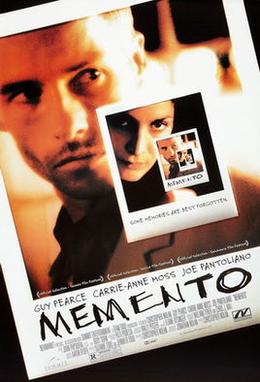A sub-genre is a term for a more specialized category of film within the larger genre. It may incorporate elements of other genres into an established framework or simply combine two existing genres equally. Two of the most popularity subgenres in contemporary cinema are psychological thrillers (i.e. Fight Club, Se7en) and Superhero films (Avengers et al...) which are so popular that they have become genres on their own.
Origins of Subgenres
As the number of movies made annually has increased exponentially, filmmakers have had the opportunity to target specific demographics (for more about this, check out my post on audience segmentation!) leading in turn to a proliferation of sub-genres. Not only that, but the rise of the internet and global communication has allowed subcultures which previous lived in the shadows (i.e. D&D enthusiasts) to connect with one connect and begin to influence the cultural mainstream. Thus, films such as Lord of the Rings, which if released in the 1970s would probably have appealed to a much more limited audience, are a combination of fantasy-adventure which has demonstrated global appeal.
A Changing Filmmaking Environment
The production and distribution of sub-genres has both advantages and drawbacks for the film industry as a whole. Regarding the positives, as film audiences have both grown and become more segmented, moviemakers have gained the ability to tailor their films to specific audiences without having to compromise in order to reach the mass market. Classic films like Snakes on a Plane and Sharknado were pitched on a very specific premise (I've had it with these @#$%#$%#$ Snakes on this #$%#$%@ Plane!) that would probably have had trouble securing studio funding in a more risk-averse economic climate. This stands in sharp contrast of purely market-driven vehicles such as the Fast and the Furious, which are pitched at such a broad audience that they arguably lose all nuance and creative integrity.
The Risks of Subgenres
On the other hand, sub-genres have disadvantages as well. Due to increasing audience segmentation around the world, movies that are extremely specialized sacrifice the possibility of accessing a mainstream audience and generating greater profits. As a result, unless a subgenre has a proven history of box office appeal studios are less likely to devote financial resources to it, both in terms of production and distribution, limiting it's eventual impact. This might explain why certain subgenres (dark fantasy and dark country, for example) have had success despite very enthusiastic and committed fanbases.
Origins of Subgenres
As the number of movies made annually has increased exponentially, filmmakers have had the opportunity to target specific demographics (for more about this, check out my post on audience segmentation!) leading in turn to a proliferation of sub-genres. Not only that, but the rise of the internet and global communication has allowed subcultures which previous lived in the shadows (i.e. D&D enthusiasts) to connect with one connect and begin to influence the cultural mainstream. Thus, films such as Lord of the Rings, which if released in the 1970s would probably have appealed to a much more limited audience, are a combination of fantasy-adventure which has demonstrated global appeal.
A Changing Filmmaking Environment
The production and distribution of sub-genres has both advantages and drawbacks for the film industry as a whole. Regarding the positives, as film audiences have both grown and become more segmented, moviemakers have gained the ability to tailor their films to specific audiences without having to compromise in order to reach the mass market. Classic films like Snakes on a Plane and Sharknado were pitched on a very specific premise (I've had it with these @#$%#$%#$ Snakes on this #$%#$%@ Plane!) that would probably have had trouble securing studio funding in a more risk-averse economic climate. This stands in sharp contrast of purely market-driven vehicles such as the Fast and the Furious, which are pitched at such a broad audience that they arguably lose all nuance and creative integrity.
The Risks of Subgenres
On the other hand, sub-genres have disadvantages as well. Due to increasing audience segmentation around the world, movies that are extremely specialized sacrifice the possibility of accessing a mainstream audience and generating greater profits. As a result, unless a subgenre has a proven history of box office appeal studios are less likely to devote financial resources to it, both in terms of production and distribution, limiting it's eventual impact. This might explain why certain subgenres (dark fantasy and dark country, for example) have had success despite very enthusiastic and committed fanbases.






















